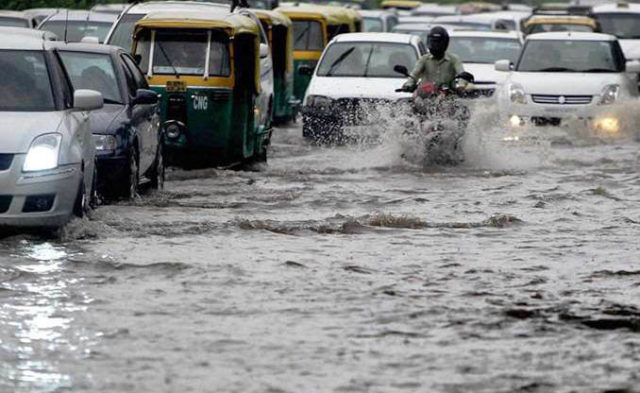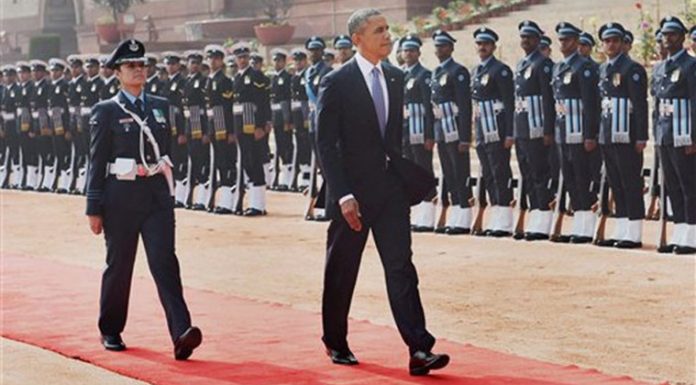Most Indian cities suffer through the poor drainage system. Even with small amount of rainfall, most city roads vanish under the flow of water. Many accidents and reports of car getting stopped due to the water logged roads surface during these times. It is extremely important to be cautious while driving through such water logged roads. While avoiding the flooded roads is the best solution to the problem, it is, however, is not the answer to every situation.

We bring you a few tips that will keep your car and you safe during such situations.
Be slow while crossing waterlogged areas
While driving at a faster speed may seem thrilling, it can cause a log of problems. Driving fast can cause water ripples that hit the sides of the road and come back to raise the water level. The water can then engine and hydro lock your vehicle.
Drive at lower gears
Driving slow at higher gear can cause water to enter the vehicle through the exhaust pipe. It is always advisable to drive in a lower gear at high-rpm. If you are crossing a water logged area, drive in 1st or 2nd gear to ensure that the rpm of the engine is high. The high-rpm will ensure that exhaust gases come out with a higher force and will keep the water from entering the engine through the exhaust pipe.
Drive in the middle of the road
The road surfaces are generally higher in the middle and are sloped down on the sides so that water can flow out easily. There, the depth of the water tends to be more on the sides and less on the middle of the road. Also, side of the road generally has sewer drains from where the drain water backflows. On many roads, the sides of the main roads have manholes, and during flood situations, the manhole cover can get displaced. It can be a hazardous situation to drive over such manholes.
Do not follow heavy vehicles
Many people tend to follow heavier vehicles like trucks and buses through the water logged streets to find a way through the streets. Heavier vehicles displace a large amount of water that can raise the water level immediately. Driving behind such heavy vehicles can cause water to enter your vehicle.
Don’t stop for small obstacles
Many people hit small potholes, stones and potholes and nervously apply the brakes. Using brakes will break the rpm and will allow the water to gush inside the exhaust pipe. If you feel that there is a small speed breaker or a pothole, do not apply the brake. Keep it steady at about 20 km/h in the lower gear and go on.
Do not drive if unsure
There are times when predicting the depth of the water is just not possible. At such times, it is best to wait it out. If you’re crossing an unfamiliar place or a secluded place with deep water in front of you, it is best advised to wait for the water to recede.































